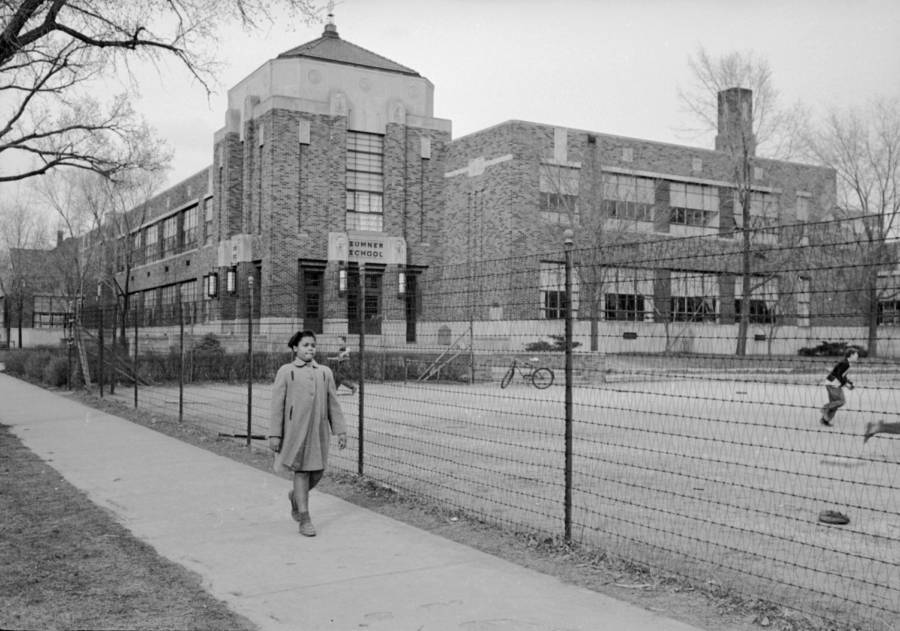What happened on this day in history: The New York Stock Exchange is founded, Brown v. Board of Education declares segregation unconstitutional, and more.
1510: Sandro Botticelli Dies

Public DomainSandro Botticelli’s “The Birth of Venus,” painted around 1485.
Painter Sandro Botticelli dies in Florence, Italy, at the age of 65. Though known today for famous works such as The Birth of Venus and Primavera, Botticelli was not truly appreciated as a great artist until the 1800s. His Gothic style put him out of step with his more widely-praised High Renaissance contemporaries, causing his posthumous reputation to suffer for nearly 400 years. Only then did a generation of artists, collectors, and critics reappraise his work, helping to make him the revered master he is today.
1792: The New York Stock Exchange Is Created
Twenty-four stockbrokers and merchants gather on Wall Street in New York City and lay the foundation for the New York Stock Exchange. They signed the “Buttonwood Agreement” — allegedly under a buttonwood tree — which created the United States’ first stock exchange. In 1817, this was codified into the New York Stock and Exchange Board.
1875: The First Kentucky Derby Takes Place
The inaugural Kentucky Derby takes place in Louisville, Kentucky. Fifteen horses ran the race in front of a crowd of 10,000 people with a horse named Aristides winning the first competition. The famous horse race has grown in popularity since then, and has recently drawn more than 150,000 attendees.
1954: Brown V. Board Of Education Deems Segregation Unconstitutional

Getty ImagesLinda Brown, one of the children at the center of Brown v. Board of Education, walks past the segregated Sumner Elementary School in Topeka, Kansas, in 1953.
The U.S. Supreme Court rules in the case of Brown v. Board of Education. The underlying case involved several Black residents of Topeka, Kansas whose children were barred from attending the school closest to their home because of their race. Ultimately, however, the case’s scope widened and took aim at the entire “separate but equal” doctrine that had defined racial segregation in America for more than 50 years.
Finally, in a unanimous decision, the court found that the Jim Crow philosophy of “separate but equal” was “inherently unequal.” The ruling was a watershed moment in the civil rights movement and led to integrated schools across America.
2001: Alissa Turney Disappears
Alissa Turney disappears in Phoenix, Arizona. In 2001, Turney was a junior in high school and lived with her stepfather, Michael, and her sister. On the day of her disappearance, Turney told her boyfriend that Michael was picking her up early from school. She was never seen again.
Investigators believed that Turney may have run away — a belief that only strengthened after finding a note from Turney supposedly proclaiming her desire to run away to California. The case would go cold until 2008, when disturbing statements from those who knew Turney came on police radar.



